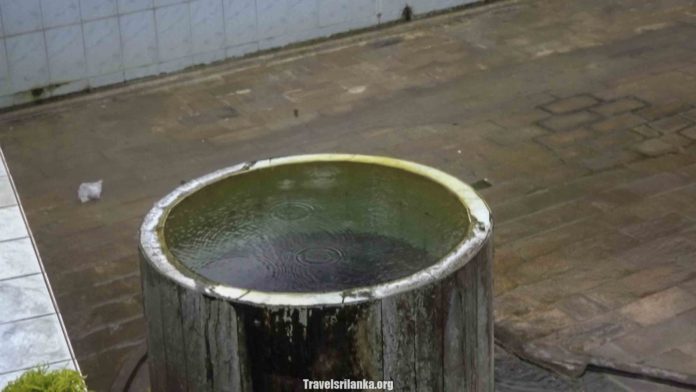Explore Sri Lanka’s hottest wonders – Mahaoya Tampitiya Kapurulla and Welikanda Nelum Lake hot springs. Discover their unique geological origins.
The hottest spring recorded in Sri Lanka is located at Mahaoya Tampitiya Kapurulla, where the temperature reaches 64.5 degrees Celsius. Dr. Deepal Subasinghe, Senior Scientist at the Kandy Institute of Basic Studies, confirms it as the hottest spring in Sri Lanka. To visit this hot spring, you can access it via Mahaoya 69, Junction Batticaloa Road, Tampaya Mawatha through Pillumale junction. It’s worth noting that this area has a history of conflict, where 17 army and village security personnel were tragically killed by LTTE terrorists.
Another notable hot spring is the Welikanda Nelum Lake hot spring, with a recorded temperature of 62 degrees Celsius, ranking it as the second hottest.
Formation of Hot Springs
Hot springs are formed due to the high temperatures deep within the Earth. As we go deeper below the Earth’s surface, rocks remain in a molten state known as magma. The Earth’s average temperature gradient when moving into the ground is about 30 degrees Celsius per kilometer. However, this gradient can vary significantly in volcanic areas. Approximately one-fifth of the Earth’s geothermal heat is residual from its formation, while the remaining four-fifths result from the decay of radioactive elements.
Volcanic regions are where magma from the Earth’s interior reaches the surface, but in some areas, magma or igneous rocks may remain close to the Earth’s surface without erupting. In these places, the geothermal gradient can exceed the average value of 30 degrees per kilometer. Underground water that enters such areas absorbs heat from the rocks and can emerge as a hot spring on the Earth’s surface.
Additionally, hot springs can be generated by heat from radioactive decay. The formation of hot springs requires a heat source, rocks with a pore system that allows water to circulate near the heat source, and an adequate supply of groundwater. Research is ongoing in many countries to explore the possibility of generating electricity from hot springs.
Geothermal energy, which does not deplete quickly, is considered a renewable energy source. It has the potential for electricity generation, offering consistent power throughout the year and having minimal environmental impact. Multiple fields, including geophysics, chemistry, and geology, are involved in harnessing geothermal energy. Sri Lanka’s hot springs span from the Hambantota district to the Trincomalee region, with their location closely related to the geological boundary between the Ghandani Complex and the Vipyan Complex. Scientists believe there is a connection between this geological boundary and the formation of hot springs.




[…] Source link […]